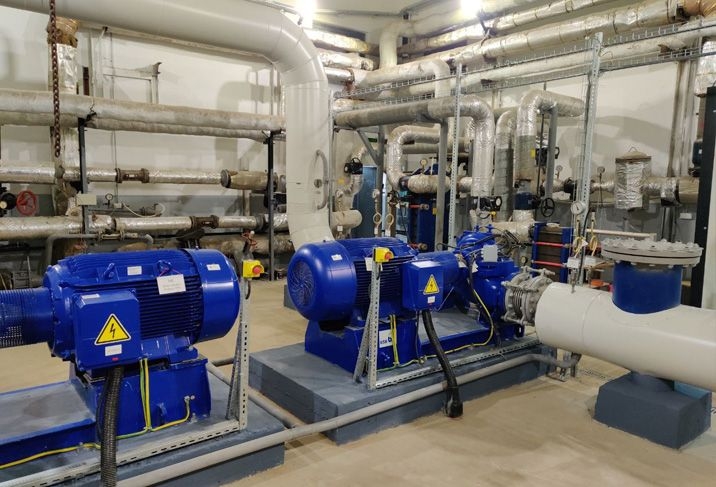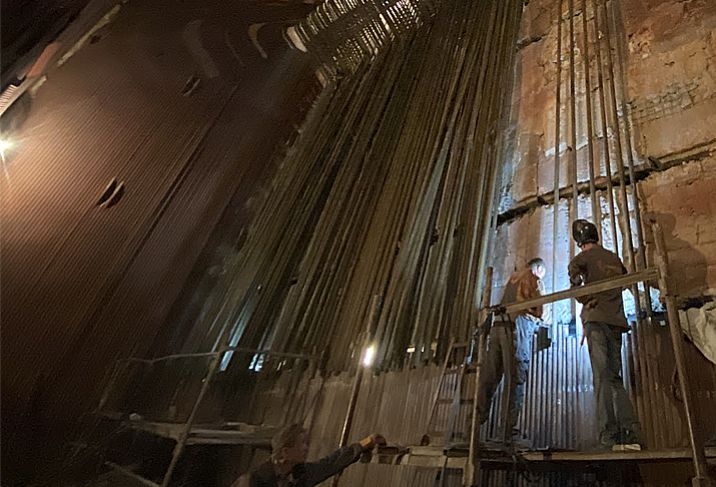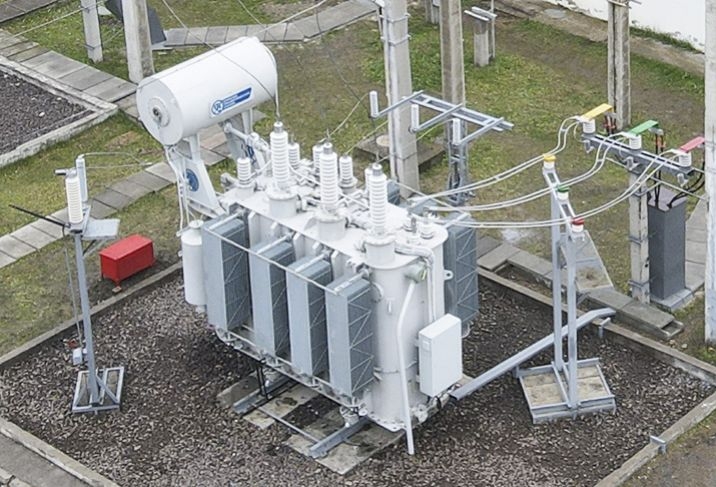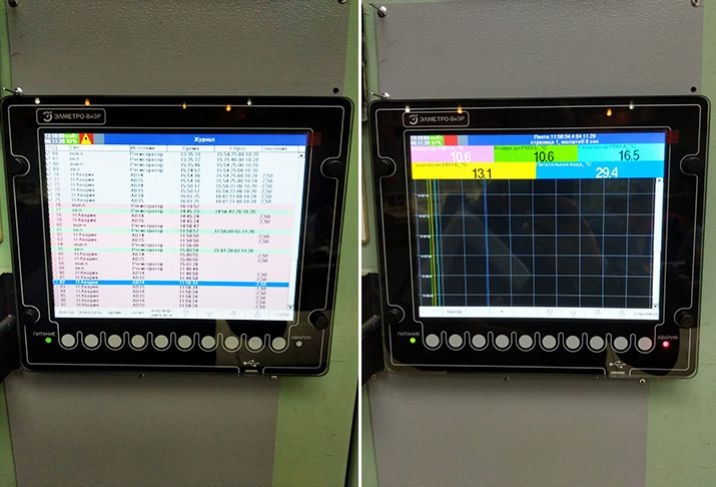
Компания «Horus Energy» предлагает услуги по модернизации гидротурбин и вспомогательного оборудования. Индивидуальный подход к каждому проекту обеспечивает надёжную работу оборудования, срок службы не менее 40 лет, расширение диапазона работы по мощности, безопасность для окружающей среды и снижение эксплуатационных затрат.
Что такое гидротурбина?
Гидравлическая турбина — лопаточная машина, в которой происходит преобразование кинетической энергии и/или потенциальной энергии воды в механическую работу на валу. Струя воды воздействует на лопатки, закреплённые по окружности ротора, и приводит их в движение. Применяется в качестве привода электрического генератора на гидроэлектростанциях.
Основные предлагаемые типы гидротурбин.
Радиально-осевые гидротурбины.
Радиально-осевые гидротурбины обладают мощностью до 1000 мвт на напор до 600 м, с диаметром рабочего колеса от 1 до 8,3 м. Радиально-осевые гидротурбины (Френсиса) нашли наиболее широкое применение в гидроэнергетике. На таких турбинах поток воды входит в рабочее колесо в радиальном направлении, а выходит из него в осевом, в связи с чем они и названы радиально-осевыми.
Рабочее колесо радиально-осевой турбины состоит из 12–17 лопастей, образующих круговую решетку. Лопасти жестко заделаны в ступицу и обод, благодаря чему все рабочее колесо получает необходимую прочность и жесткость. Рабочее колесо соединено с фланцем вала.
Спиральная камера обычно выполняется металлической с круглым поперечным сечением для лучшего восприятия значительного внутреннего давления воды.
Направляющий аппарат, состоящий из 16–24 направляющих лопаток, обеспечивает требуемое направление потока перед входом на рабочее колесо.
Поворотно-лопастные гидротурбины.
Поворотно-лопастные вертикальные гидротурбины (Каплана) обладают мощностью до 300 мвт на напор до 70 м, с диаметром рабочего колеса от 1 до 10,3 м. Данный тип турбин по объемам использования находятся на втором месте в мировой практике после радиально-осевых гидротурбин. В этих турбинах лопасти выполняются поворотными, благодаря чему в зависимости от условий работы (открытия, напора) угол их установки может меняться, что позволяет получить более высокие энергетические показатели.
Горизонтально-капсульные гидротурбины.
Горизонтально-капсульные гидротурбины обладают мощностью до 70 мвт на напор до 25 м, с диаметром рабочего колеса от 4,0 до 7,5 м. Данные типы турбин обладают повышенными энергетическими показателями (пропускной способностью и КПД) благодаря прямоточному тракту и характеризуются уменьшенными габаритами агрегатного блока ГЭС, что позволяет снизить стоимость строительства. Максимальный к.п.д. таких турбин достигает 94–95%.
При использовании капсульных агрегатов поток по длине всего проточного тракта имеет минимальные повороты и, что особенно важно, прямоосное движение без поворота в отсасывающей трубе. Это приводит к снижению гидравлических потерь и увеличению к.п.д. турбины, особенно при больших расходах. В результате такие турбины развивают на 20–35% большую мощность, чем вертикальные того же размера.
В капсульном агрегате металлическая герметичная капсула, в которой размещается генератор, располагается обычно со стороны верхнего бьефа, что обеспечивает наиболее благоприятные гидравлические условия в проточном тракте. Капсула опирается на железобетонный бычок и полые статорные колонны, через которые проходят маслои шинопроводы. Регулирующее кольцо конического направляющего аппарата и сервомоторы расположены снаружи капсулы. Вход в капсулу из машинного зала предусмотрен по вертикальной герметизированной металлической шахте.
Пропеллерные гидротурбины.
Пропеллерные гидротурбины, у которых лопасти жестко закреплены, применяются при незначительных колебаниях напора на ГЭС. У них благодаря отсутствию механизма разворота лопастей рабочего колеса уменьшается диаметр втулки, что дает возможность увеличить расход через турбину и повысить ее мощность.
Насос-турбины.
Насос-турбины обладают мощностью до 300 мвт на напор до 400 м, с диаметром рабочего колеса от 3 до 8 м, в том числе с изменяемой частотой вращения в насосном и турбинном режимах. Обратимые гидромашины (насосотурбины) получали развитие в связи с интенсивным строительством ГАЭС, у которых в ночной период, когда в энергосистеме имеется избыток мощности, агрегаты работают в насосном режиме, перекачивая воду из нижнего водоема в верхний, а в период максимума нагрузки в вечерний пик они работают в турбинном режиме, выдавая электроэнергию в энергосистему. Таким образом, обратимая гидромашина работает как турбина и как насос.
Модернизация гидротурбин позволяет также уменьшить гидравлические потери в рабочем колесе и отсасывающей трубе, улучшить кавитационные характеристики гидротурбины для увеличения максимального значения мощности при том же заглублении гидротурбины, а также уменьшить нестационарное воздействие потока путем оптимизации рабочего колеса и установки стабилизирующих устройств.
Вспомогательное оборудование:
- Водяные, масляные и воздушные трубопроводы в пределах шахты турбины;
- Площадки и лестницы в шахте турбины;
- Установка щитов измерительных приборов;
- Монорельс в шахте турбины;
- Электропроводка в шахте турбины;
- Закладные трубопроводы;
- Установка клапана сливного отсасывающей трубы;
- Установка задвижки для слива воды из спиральной камеры;
- Клапан впуска воздуха под рабочее колесо.




